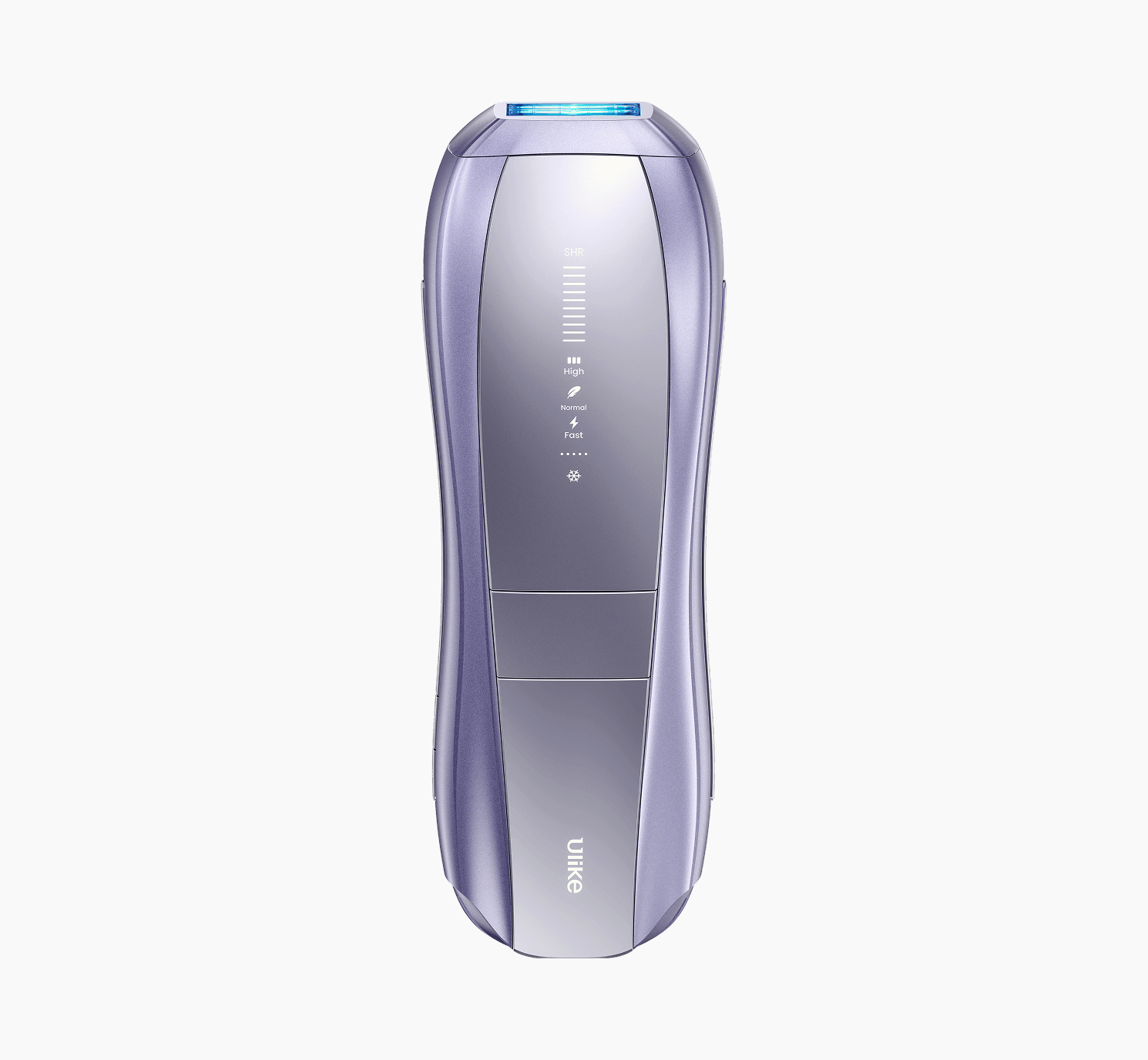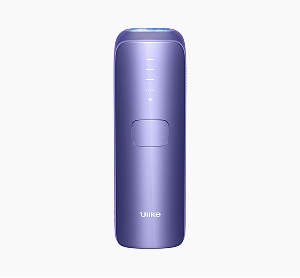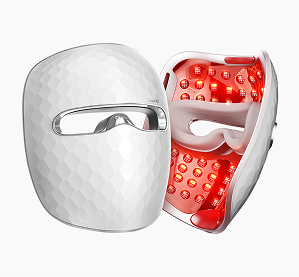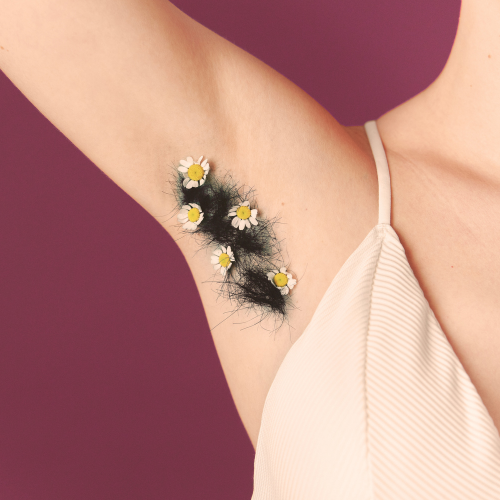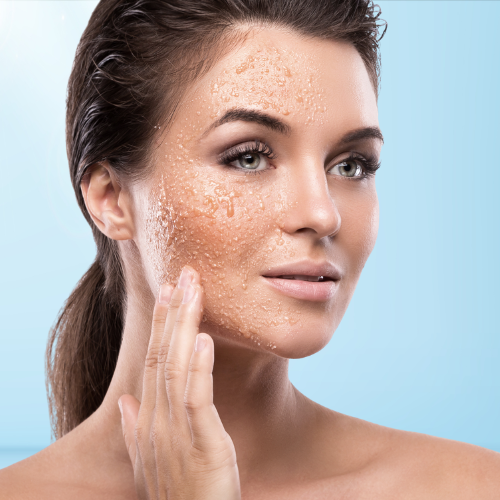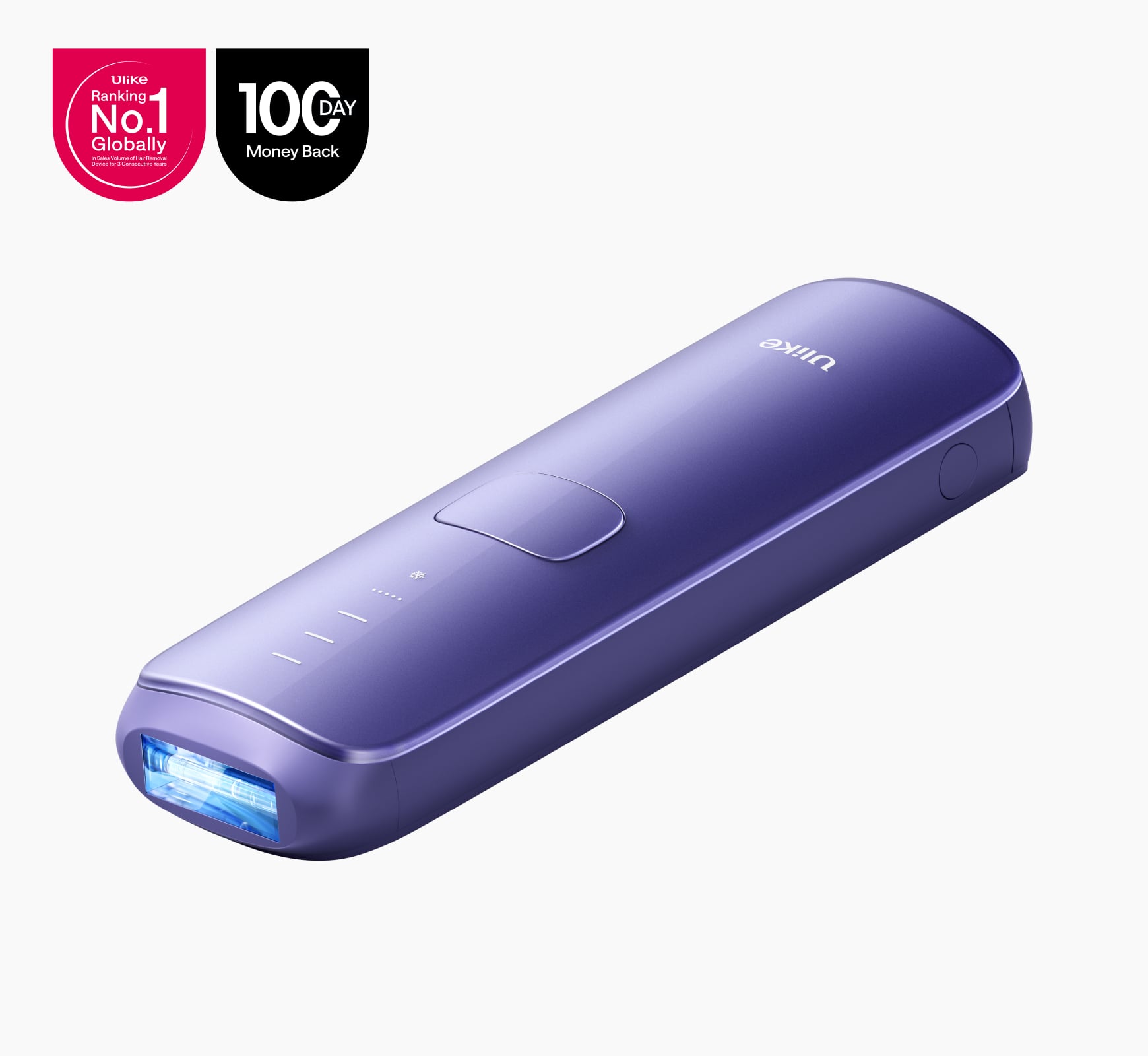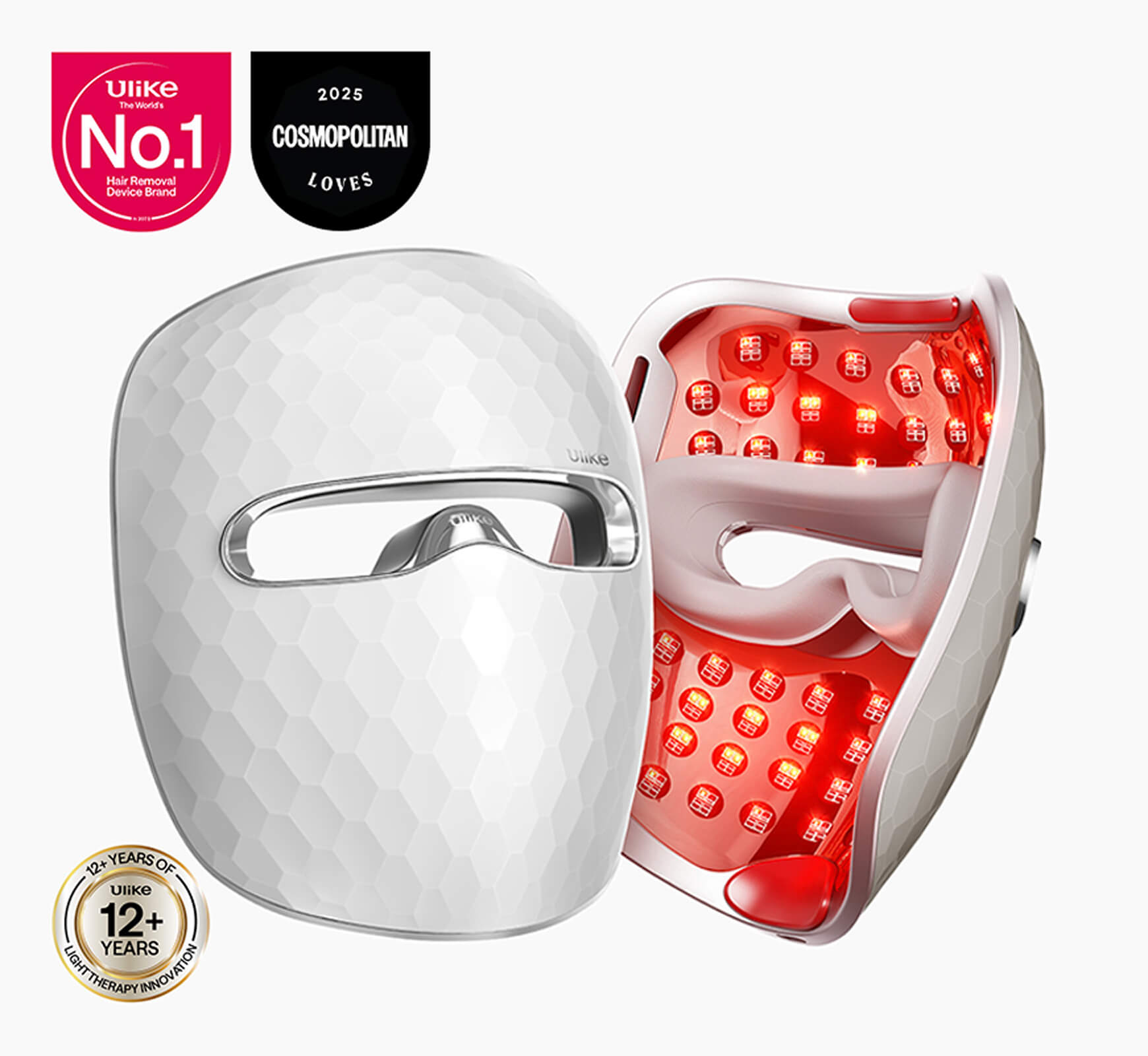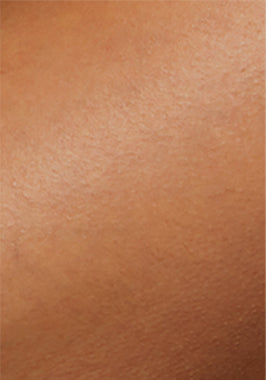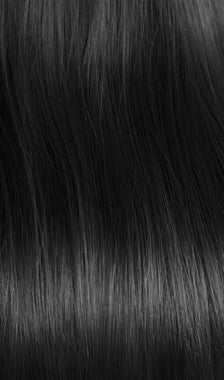My Laser Hair Treatment Aftercare: What I Wish I Knew
When I first walked into the laser hair removal clinic in Manchester, I thought the hard part would be enduring the treatment itself. Little did I know that proper laser hair treatment aftercare would be just as important to achieving the smooth, hair-free results I was dreaming of.
After completing my full course of treatments six months ago, I've learned some valuable lessons about what to do after laser hair removal that I wish someone had shared with me from day one. If you're wondering how to care for skin after laser hair removal or have just started your journey, here's everything I discovered about effective post laser hair removal care .
The First 24 Hours: My Immediate Laser Hair Treatment Aftercare Routine
The moments following my first laser session were critical. My technician in London had warned me about potential side effects, but experiencing mild redness and swelling firsthand was still surprising.
Here's the laser hair treatment aftercare routine that saved my skin during those crucial first hours, and my complete guide to how to take care of skin after laser hair removal:
Cooling was everything. I applied a cold compress wrapped in a clean cloth for 10-15 minutes every few hours. This simple step dramatically reduced the heat sensation and prevented excessive swelling. Many people underestimate how important cooling is after laser hair removal for proper healing.
I avoided hot showers religiously. For the first 48 hours, I stuck to lukewarm water only. Hot water would have increased inflammation and potentially caused blistering – something no one wants when learning how to heal faster after laser hair removal.
Loose clothing became my best friend. Tight jeans and fitted tops were off-limits for the first few days. The friction could have irritated my treated skin and interfered with laser hair removal healing time.

Week One: Developing My Long-term Aftercare Strategy
By day three, I'd established a comprehensive laser hair removal aftercare routine that I followed religiously. Knowing what not to do after laser hair removal was just as important as knowing the right steps:
Sun protection was non-negotiable. Living in the UK, I didn't think sun exposure would be a major concern, but even on cloudy days, I applied SPF 30 minimum to all treated areas. UV exposure can cause hyperpigmentation and seriously compromise your results. This is the most important laser hair removal aftercare advice that every technician emphasises.
Gentle cleansing only. I switched to a mild, fragrance-free cleanser and avoided any products containing acids, retinoids, or strong actives for the first week. Learning how to wash after laser hair removal properly prevented unnecessary irritation.
Moisturising became essential. I used a simple, unscented moisturiser twice daily to keep my skin hydrated and support laser hair removal skin healing. Aloe vera gel was particularly soothing during the first few days and helped with laser hair removal redness.
The Things That Surprised Me About Laser Hair Treatment Aftercare
The shedding process was fascinating. Around day 7-14, the treated hairs began falling out naturally. I initially panicked, thinking something was wrong, but this laser hair removal hair shedding is completely normal and actually indicates the treatment is working effectively. Knowing the reason why my hair falls out after laser helped ease my concerns.
Exercise restrictions were more important than expected. For the first 48 hours, I avoided intense workouts that would cause excessive sweating. Learning can you exercise after laser hair removal and following the guidelines prevented skin irritation and infection risk.
Makeup had to wait. On treated facial areas, I avoided foundation and concealer for 24-48 hours. This was essential laser hair removal face aftercare to prevent clogging pores and causing irritation. Many women don't realise how long to wait before applying makeup after laser hair removal.

My Long-term Laser Hair Treatment Aftercare Discoveries
Exfoliation timing matters. After the first week, gentle exfoliation 2-3 times weekly helped prevent ingrown hairs and kept my skin smooth. However, I learned about when to exfoliate after laser hair removal - avoiding it for 48 hours before and after each treatment.
Product ingredients to avoid became clear. Throughout my treatment course, I steered clear of products containing alcohol, fragrances, acids (AHA/BHA), and retinoids in treated areas. Considering what products to avoid after laser hair removal prevented unnecessary irritation and compromised results.
Patience was key. (Cliche but true) Proper laser hair removal aftercare timeline isn't just about the immediate post-treatment period – it's an ongoing commitment throughout your entire treatment course. Learning how long does laser hair removal take to heal helped set realistic expectations.
Common Aftercare Mistakes I Nearly Made
Almost scheduling treatments too close together. Initially, I wanted to book sessions every 4 weeks, but my technician explained that 6-8 weeks allows proper hair growth cycles and skin recovery. Laser hair removal session spacing is a necessity to achieve desired results.
Nearly ignored the importance of patch-testing products. Before using any new skincare products on treated areas, I learned to test them on a small patch first. This laser hair removal sensitive skin care approach prevented reactions.
Almost forgot about long-term sun protection. Even months after completing treatments, treated skin remains more photosensitive. Laser hair removal sun exposure risks made ongoing protection vital for preventing dark spots after laser hair removal.
Nearly made exercise timing mistakes. I initially thought how soon can you workout after laser hair removal was just about the first day, but learned that high-intensity exercise should be avoided for 48-72 hours to prevent complications.
Regional Considerations for UK Laser Hair Treatment Aftercare
Living in Britain presents unique challenges for laser hair treatment aftercare. The unpredictable weather means you might face unexpected sun exposure even on cloudy days. I always kept SPF in my handbag and reapplied regularly, especially during the summer months. Laser hair removal aftercare UK climate considerations are a must-know.
The hard water in many UK areas can be drying, so I invested in a good moisturiser and sometimes used filtered water for washing treated areas during the most sensitive healing periods. This helped with post laser hair removal dry skin common in British households.
Seasonal considerations matter too. I learned that laser hair removal winter care differs from summer routines, with heating systems causing additional dryness and different clothing considerations affecting treated areas.

My Essential Laser Hair Treatment Aftercare Kit
After trial and error, here's what I always keep handy for laser hair removal recovery :
- Gentle, fragrance-free cleanser for sensitive skin after laser hair removal
- Unscented moisturiser or aloe vera gel for soothing skin after laser hair removal
- Broad-spectrum SPF 30+ sunscreen (essential for laser hair removal sun protection )
- Cold compress materials for immediate laser hair removal swelling relief
- Loose, breathable clothing options to prevent laser hair removal irritation
- Mild pain relief if needed for laser hair removal discomfort
Familiarizing what to buy for laser hair removal aftercare saved me multiple trips to the pharmacy and ensured I was always prepared.
The Results: Was Proper Aftercare Worth It?
Six months post-treatment, I can confidently say that following proper laser hair treatment aftercare protocols made all the difference. My skin healed beautifully with no scarring, hyperpigmentation, or complications. The hair reduction has been excellent, and I appreciated knowing how to get best results from laser hair removal through proper aftercare.

FAQ: My 5 Biggest Misconceptions About Laser Hair Removal Aftercare
Looking back at my laser hair removal journey, these were the most costly assumptions I made. Here's what I wish I'd known from the start.
Q: I thought aftercare was just about the first few hours after treatment. How wrong was I?
Completely wrong! I initially packed a small cold pack and thought I was prepared. The reality is that proper aftercare spans your entire treatment course and beyond. I needed different care strategies for the first 24 hours, the first week, between sessions, and even months after completing treatments. My skin remained more sensitive to sun exposure for nearly a year after my final session. If I'd known this upfront, I would have invested in better long-term sun protection much earlier rather than thinking it was just a weekend concern.
Q. Can I just use my regular skincare routine immediately after treatment?
This was one of my costliest mistakes! I assumed my expensive retinol serum and glycolic acid toner would help my skin heal faster. Instead, they caused burning and prolonged redness that took an extra week to settle. For the first week after each session, I had to strip my routine back to the absolute basics: gentle cleanser, unscented moisturizer, and sunscreen. Even my beloved vitamin C serum had to wait. I learned that "gentle" doesn't mean "ineffective". It means giving your skin the space it needs to heal properly without interference.
Q. I live in Manchester where it's rarely sunny. Do I really need SPF every day?
Yes, absolutely! This misconception nearly cost me permanent dark spots. Even on those typical grey British days, UV rays penetrate clouds and can cause hyperpigmentation on laser-treated skin. I now apply SPF 30 minimum every single day, rain or shine. During my lunch breaks in the city center, I even reapply if I'm walking outside for more than 15 minutes. It seems excessive, but seeing friends who skipped sun protection end up with permanent dark patches made me realize it's completely non-negotiable, regardless of the weather.
Q. I assumed I could work out immediately after treatment. What did I learn?
This assumption led to some very uncomfortable consequences! After my second session, I went to my usual high-intensity spin class the next morning. The combination of sweat, friction from tight workout clothes, and heat caused significant irritation that took days to calm down. I learned that any exercise causing excessive sweating should be avoided for 48-72 hours minimum. Light walking is fine, but save the intense workouts for later in the week. Your skin needs time to cool down and start the healing process before you heat it up again with vigorous exercise.
Q: The hair started falling out after a week – did something go wrong?
I completely panicked when this happened! I called my clinic in a state, convinced the treatment had damaged my skin permanently. The technician calmly explained that this "shedding phase" between days 7-21 is exactly what should happen. It's actually proof that the laser successfully targeted the hair follicles. Now I actually look forward to this phase because it confirms the treatment worked. The key lesson: never pull or pick at the hairs during this time. They'll fall out naturally when you wash or very gently exfoliate, and forcing the process can cause irritation or even scarring.
The biggest takeaway from all these misconceptions? Every "shortcut" I tried ended up extending my healing time and compromising my results. Trust your technician's advice completely, and don't assume your normal routine will work for post-laser skin. Proper aftercare isn't just about avoiding complications – it's about maximizing your investment.
IPL vs Bikini Waxing: Long-Term Hair Removal Comparison
When it comes to hair removal, IPL (Intense Pulsed Light) has been gaining popularity as a long-term alternative to traditional waxing. While it offers some impressive benefits, it’s important to understand both the advantages and limitations of IPL, especially in comparison to bikini waxing. Here’s a genuine breakdown of IPL hair removal, including UK-specific details on pricing, devices, and salon options.
What Is IPL Hair Removal?
IPL hair removal uses broad-spectrum light to target and damage hair follicles, reducing the growth of hair over time. It’s different from laser hair removal because it uses multiple wavelengths of light, rather than a single focused beam. IPL treatments can be performed in salons or at home with portable devices. Many UK women find IPL an appealing choice for a more permanent solution to unwanted hair, particularly for larger areas like the legs and bikini line.
IPL Hair Removal: Pros and Cons
Pros of IPL Hair Removal
Long-Lasting Results: Unlike waxing, which removes hair temporarily, IPL targets the root of the hair follicle and reduces hair regrowth over time. With regular use, many UK users report up to 80-90% reduction in hair growth after several treatments.
Convenience: IPL treatments can be done at home with the right devices, saving time and money on salon visits. Many popular home IPL devices in the UK for 2025, such as the Ulike Air 10, Philips Lumea, and Braun Silk-expert, are well-loved for their ease of use and impressive results.
Less Painful: Many UK users find IPL less painful than waxing, with most devices offering a warm sensation rather than the sharp sting of a wax strip.
Cost-Effective in the Long Run: While the initial cost of a good-quality IPL device may be higher than a single wax session, in the long term, it can save you money. Regular waxing sessions can cost £20–£40 each time, whereas an IPL device can last for many years with minimal maintenance.
Cons of IPL Hair Removal
Initial Cost: IPL devices typically range from £150 to £400 in the UK, making the upfront cost significantly higher than a single waxing session. While this is a one-time cost, it may be out of reach for some people.
Time-Consuming: Unlike waxing, which delivers instant results, IPL requires several treatments over weeks or months. For optimal results, it’s common to perform treatments every 1–2 weeks initially, which can be time-consuming for some UK women with busy schedules.
Effectiveness on Certain Skin and Hair Types: IPL works best on individuals with light skin and dark hair. If you have darker skin or light blonde hair, IPL may not be as effective, and some devices may not be safe to use on darker skin tones. It's important to check the specifications of the device and, if in doubt, consult a professional salon.
Not Immediate: Unlike waxing, where you see results instantly, IPL requires patience. It can take a few sessions to see visible results, and it’s not an instant solution like waxing.
IPL Hair Removal in the UK: Prices and Devices
In the UK, professional IPL treatments typically cost between £40 to £100 per session, depending on the salon and the area being treated. Some well-known UK salons offering IPL hair removal include Treatwell and Harley Street Hair Clinic.
Many UK women also opt for home IPL devices, with models like the Ulike Air 10 (approx. £399), Philips Lumea Prestige (approx. £489), and Braun Silk-expert Pro 5 (approx. £350) topping the list of the best devices for 2025.
While professional treatments may be more expensive, they often deliver faster results, and trained specialists can ensure the device is used correctly and safely.
Which Is Better: IPL or Waxing?
When comparing IPL hair removal to bikini waxing, it’s clear that both methods have their merits:
| Feature | IPL Hair Removal | Bikini Waxing |
|---|---|---|
| Results | Long-term reduction (up to 90%) | Temporary smoothness (3–6 weeks) |
| Pain Level | Mild, warm sensation | Sharp, brief pain at the time of waxing |
| Cost | High initial cost, lower long-term cost | £20–£40 per session, recurring visits |
| Maintenance | Few touch-ups after 4–6 sessions | Regular waxing every 3–6 weeks |
| Effectiveness | Best for light skin, dark hair | Works on all hair types and skin tones |
| Convenience | At-home use, flexible timing | Salon-based, scheduled visits |
FAQ: Common Follow-Up Questions About Bikini Waxing
How often should I get a bikini wax?
Most UK women schedule their bikini wax every 3-6 weeks. The exact timing depends on your hair growth cycle and personal preference.
Can I wax during my period?
It’s best to avoid waxing during your period as your skin is more sensitive at that time, making the process more painful.
What if I have sensitive skin?
If you have sensitive skin, choose a salon that specialises in sensitive skin waxing or use hard wax, which is gentler on the skin. Products like E45 cream can help soothe irritation.
How much does a bikini wax cost in the UK?
In the UK, bikini waxes typically range from £15 to £45, depending on the salon and the type of wax used. You can often find deals and packages in larger cities like London or via local beauty salons offering special offers.
Where can I get a bikini wax in the UK?
Popular UK salons offering bikini waxing include Strip Wax Bar , Ministry of Waxing , and Beauty and the Boutique . Many women also look for a "bikini wax near me UK" to find the best local options for convenience and pricing.
Final Thoughts on Laser Hair Treatment Aftercare
Laser hair removal aftercare isn't complicated, but it does require consistency and patience. The few weeks of careful attention to your skin's needs pay off with better results and fewer complications. Following laser hair removal do's and don'ts religiously made my entire experience positive.
If you're starting your laser hair removal journey, don't underestimate the importance of proper aftercare. Invest in quality, gentle products, protect your skin from sun exposure, and follow your technician's advice religiously. Understanding laser hair removal aftercare instructions thoroughly will set you up for success.
It is worth noting that everyone's skin responds differently to laser treatment, so what worked for me might need adjusting for your specific needs. When in doubt, always consult with your laser technician or dermatologist about the best aftercare routine for laser hair removal approach for your skin type and treatment areas.
The journey to hair-free skin doesn't end when you leave the clinic. It continues with dedicated daily care after laser hair removal that protects your investment and ensures the best possible results. Proper laser hair removal maintenance through careful aftercare is truly the secret to achieving the smooth, confident results you're investing in.
Want to compare options? Read our IPL vs laser hair removal guide to choose the best treatment for your needs.

